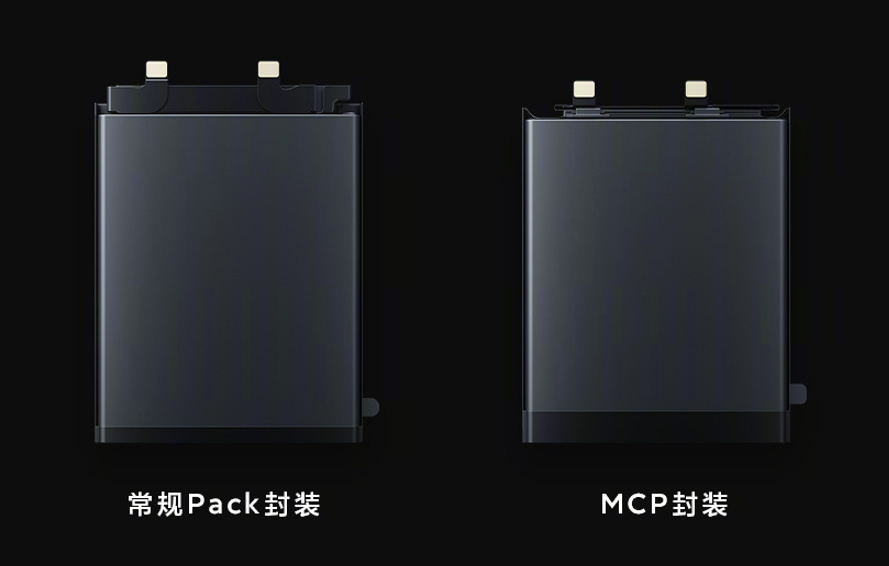
Xiaomi might have the solution to better smartphone batteries
Many phone makers other than Apple, Samsung, and Google had been racing to offer the quickest charging technology, however those are all simply band-useful resource answers to the actual hassle plaguing smartphones for years on end. Battery era, particularly for purchaser electronics, hasn’t precisely made leaps and boundaries withinside the beyond years in comparison to the rapid-paced innovation taking place in smartphones or even charging technology. Xiaomi, however, desires to sing a unique song soon, and it’s miles pronouncing an development in its battery R&D that sounds nearly too modest however sincerely has a larger effect than a 120W super-rapid charging speed.
Fast Charging stopgap answers
It’s nearly loopy how a ways we’ve gotten in terms of charging technology. In the beyond, we’d sincerely ought to go away telephones plugged in in a single day to ensure that they’d sufficient juice by the point we woke up. These days, it’d sincerely be greater risky and greater inefficient to try this until you’ve got got a telecellsmartphone which can prevent or trickle price after a given percentage.
We’ve even come to a degree wherein it nearly appears that a few agencies have misplaced their marbles. Earlier this year, Xiaomi confirmed off its latest super-rapid charging technology that reached 200W stressed out speeds and an implausible 120W wi-fi charging speed. Of course, we haven’t visible even a shadow of those on this year’s telephones.
Not all phone makers have jumped on that bandwagon, though, and probable for a great reason. There are hidden fees you need to pay with quicker charging, like basic battery sturdiness in addition to protection risks. Fast charging technology are honestly simply intended to limit the downtime we ought to placed up with while juicing up telephones. They don’t honestly cope with the actual hassle at its roots.
Small however Significant
Smartphone batteries have modified little or no over the years, in all likelihood over many years even, and we stock the equal risky chemical substances inner our wallet day in and day out. Xiaomi, however, is now creating a huge declare that appears small in context however might be certainly considered one among the most important upgrades in battery tech we’ve heard thus far that isn’t associated with charging.
For one, it claims to have evolved a manner to feature 10% greater battery potential withinside the equal battery size. For example, a 4,000 mAh battery percent might sincerely have a 4,four hundred mAh potential, and Xiaomi estimates this will upload a hundred greater mins of common use. This widespread development is way to a number of modifications withinside the battery’s inner and outside design. For example, the battery’s safety circuit module (PCM or MCP) is made to take a seat down flush with the battery’s top, decreasing the gap required for the component.
Xiaomi does additionally speak approximately a brand new charging-associated innovation withinside the shape of a “gasoline gauge chip” that monitor’s in a single day charging in order that it slows down the price till you’re approximately to wake up, at which factor it’ll then accelerate the charging till it reaches a hundred%. While there are smartphones that already promote it this feature, it’s miles basically depending on software program unique to a company’s Android skin. Xiaomi is bringing that era to the battery’s controller hardware directly, probably making it brand-agnostic.
That 10% development nearly appears too modest as compared to Xiaomi’s charging claims, however that simplest makes it sound greater sensible and possible as well. That said, Xiaomi doesn’t plan on having those batteries geared up till the second one 1/2 of of 2022, so it’ll take some time earlier than clients sincerely get to revel in and take a look at those gains. That offers OPPO, certainly considered one among its largest competitors on this space, time to additionally monitor its very own next-gen battery tech, and it’ll with a bit of luck spark a brand new race that focuses greater at the battery itself instead of simply the charging speed.





